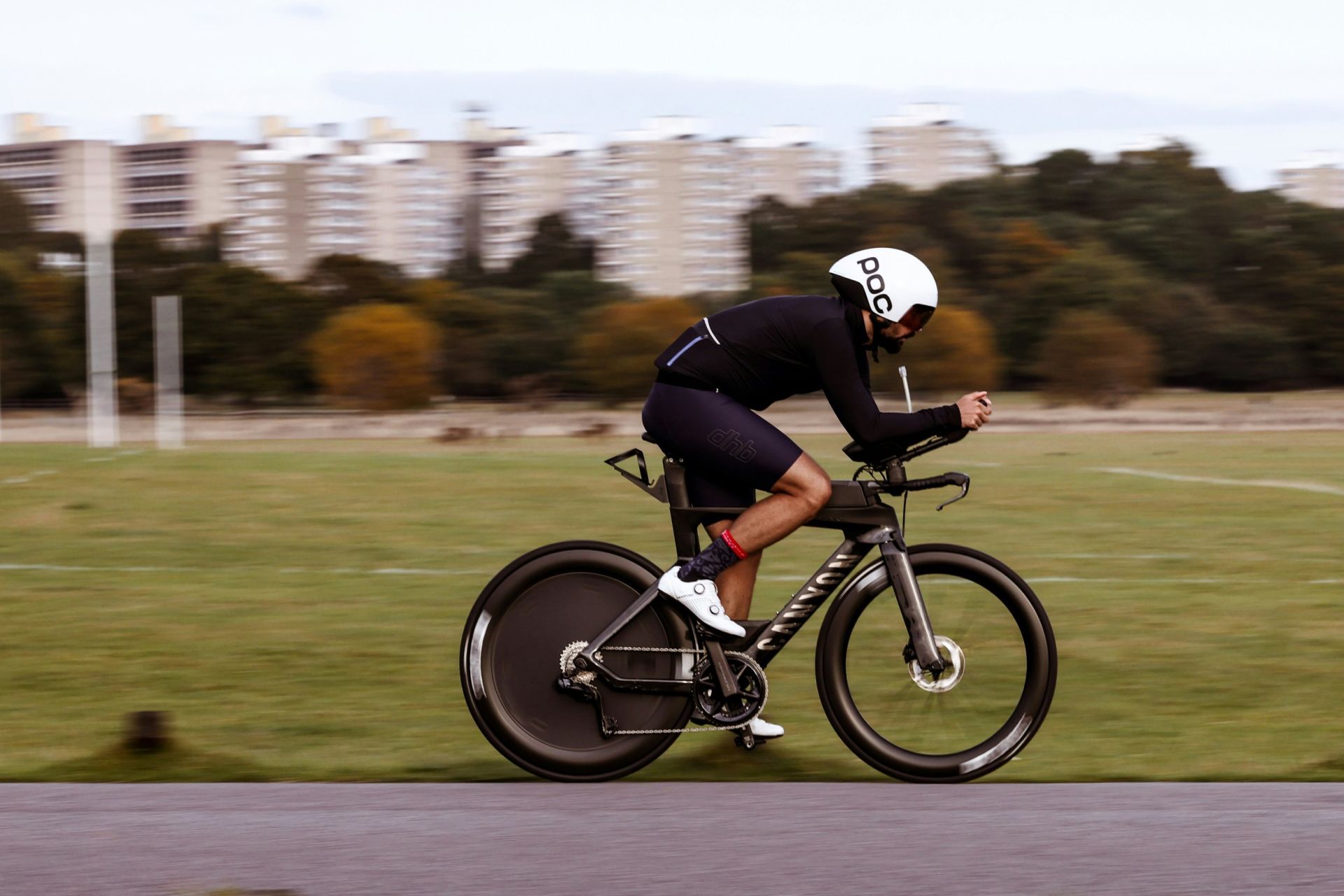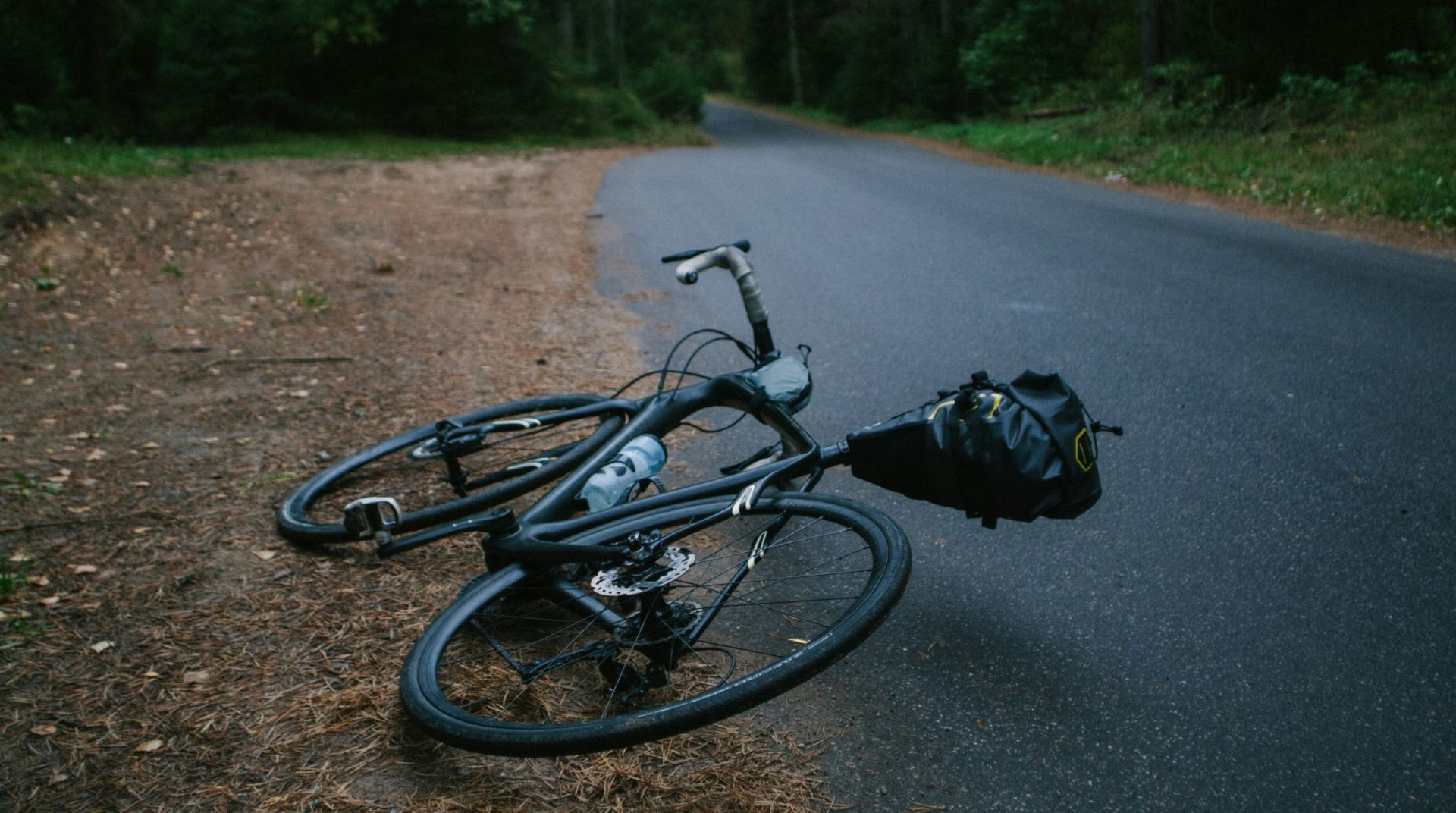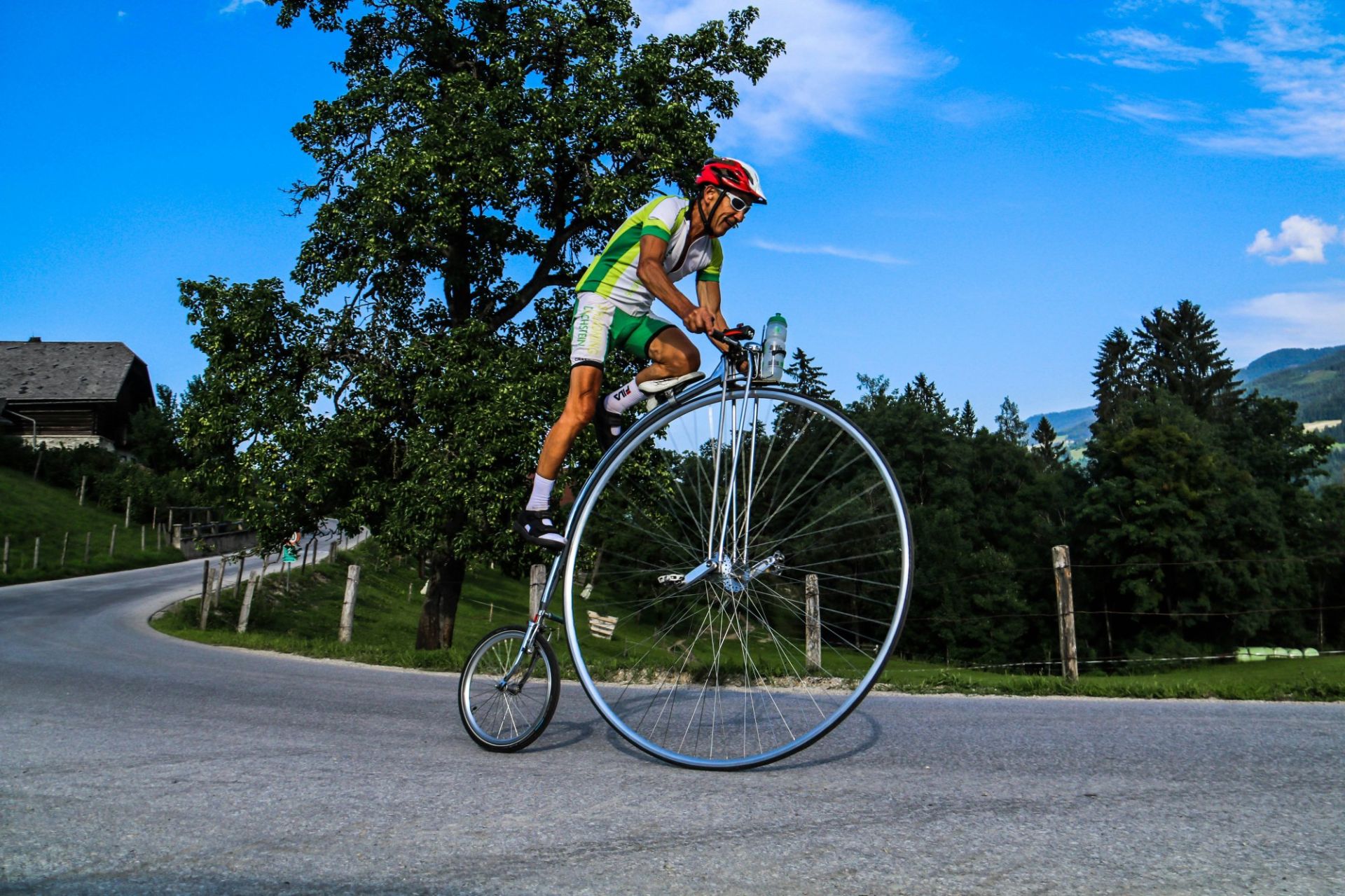
Lanzarote is a perfect island for anyone who wants to relax on quiet and beautiful beaches, but also for those who want to do some tourism, and enjoy its fantastic landscapes. Lanzarote's landscapes are (contrary to what it may seem) quite varied. It is true that it is not a green island, and that it seems inhospitable, but far from being a problem, it implies that its landscapes are different, and very attractive.
Few tourist areas in Spain offer a recreational offer as complete and interesting to its visitors as those offered by the island of Lanzarote. A highly recommended place to go on vacation not only for its landscapes and beaches but for the extraordinary conditions for cycling.
I leave you 3 indispensable landscapes to see on Lanzarote on your next getaway to the island.“…Touring Lanzarote is like being on Mars, only without aqualung. Black stone surfaces and little vegetation, mountains that are or were ancient volcanoes, beaches with crystal clear waters and white sand, cactus everywhere…”
Timanfaya National Park.
Lanzarote's landscapes are as impressive as they are peculiar. Part of that charm is due to the Timanfaya National Park, it is the only national park in the Spanish network of an eminently geological nature, the Timanfaya National Park was the result of volcanic eruptions between 1720 and 1736, and in 1824.The absence of vegetation, the extreme roughness of the forms, the variety of colors, the silhouettes of the volcanoes and the steep coast; they give Timanfaya extraordinary beauty.
The volcanic landscape produced by volcanic activity comprises a total perimeter of 174 km², although the protected area such as Timanfaya National Park only covers an area of 51 km², where the most important eruptions occurred.
Inside the Timanfaya National Park you can observe a great variety of geological phenomena related to its volcanic nature, as well as a great biological diversity that reaches 180 different plant species. It is a habitat where human presence has been practically nil, being a true research laboratory for biological colonization processes.
Practical information:
Opening hours: from 16th of September to 14th of July you can visit from 10:00 a.m. to 5:45 p.m., from 15th of July to 15th of September the schedule is from 9:00 a.m. to 6:45 p.m.
Prices: The entrance to the park for adults costs 10 euros, for children (from 7 to 12 years): 5 euros. You can get a 20% discount if you enter the park after 15:00.

Lanzarote cactus garden
We are facing an impressive botanical garden dedicated to cacti, with an area of about 5000 square meters, which was opened in the 90s and is located east of the island of Lanzarote, specifically in the small town of Guatiza, shortly before arriving to the Jameos del Agua and the Cueva de los Verdes.Surrounded by the largest tuna plantation on the island dedicated to the cultivation of cochineal (natural dyes), a product that had great economic relevance in the nineteenth-century Lanzarote, the Cactus Garden hosts around 4,500 examples of 450 different species grouped together. 13 cactus families from five continents. The green of the plants contrasts with the blue of the sky and the black of the volcanic lands creating incredible color combinations.
In the Cactus Garden of Lanzarote you will find cacti of all sizes and with capricious forms, in the enclosure there are also several mills of considerable height, built from very compact volcanic ash.
Inside the Cactus Garden of Lanzarote there is a small hill of volcanic stone where the last corn mills on the whole island remain in good condition, an old corn mill for the cereal, completely restored and functional, open to the public to see and learn how the grain was ground in a traditional way taking advantage of the winds of the island of Lanzarote.
Practical information:
Opening hours: from 16th of September to 14th of July you can visit from 10:00 a.m. to 5:45 p.m., from 15th of July to 15th of September the schedule is from 9:00 a.m. to 5:45 p.m.
Prices: The general admission price is € 5.80, the reduced ticket is € 2.90.

The Natural Park of the Volcanoes
The Natural Park of the Volcanoes offers a breathtaking landscape that has been the result of the last great volcanic eruption suffered by the island.It is a volcanic landscape with strange and interesting formations arising from the solidification of lava. Vegetation in this area is very scarce, and is only present in areas with older lava solidification, where about a thousand different lichen species can be found.
As for wildlife, several species of reptiles and birds stand out, which have been known to adapt perfectly to the harsh and strange conditions of this natural park, the park has been declared a Special Protection Area for Birds.
In this place there are many volcanic cones and several structures of volcanic origin such as tunnels, lava lakes and little hornitos.
In The Natural Park of the Volcanoes we can find one of the most famous trails in Lanzarote, the path that leads to the Caldera Blanca, one of the oldest volcanoes in Lanzarote, formed over 5000 years ago and with a maximum height of 458 meters above sea level, with its 1.15 km in diameter it is the widest in Lanzarote.

Are you coming to cycle on Lanzarote?
If you already know the dates of when you will visit Lanzarote on your next getaway, do not forget to contact us, we will organize the most amazing excursions so you can discover the island of Lanzarote in an original and different way. Plan your getaway in Lanzarote on one of our rental bicycles.Do not hesitate to contact us, we will put at your disposal the rental of the best bicycles to tour around the island and enjoy your stay on the island.
21 years of experience on the world of cycling guarantee us.

 Road Bike vs Triathlon Bike: Key Differences Explained
Road Bike vs Triathlon Bike: Key Differences Explained




